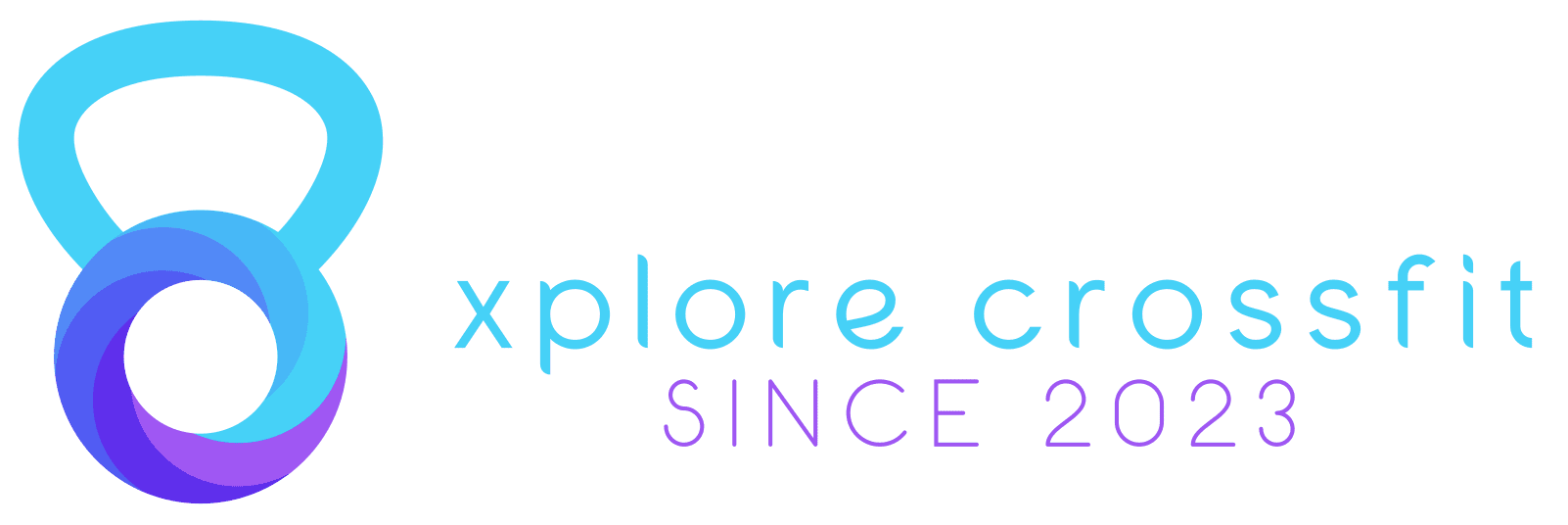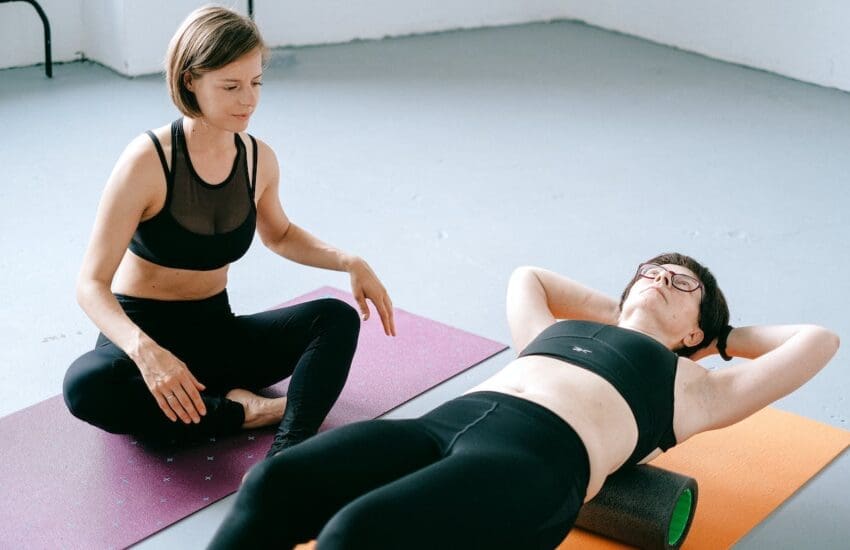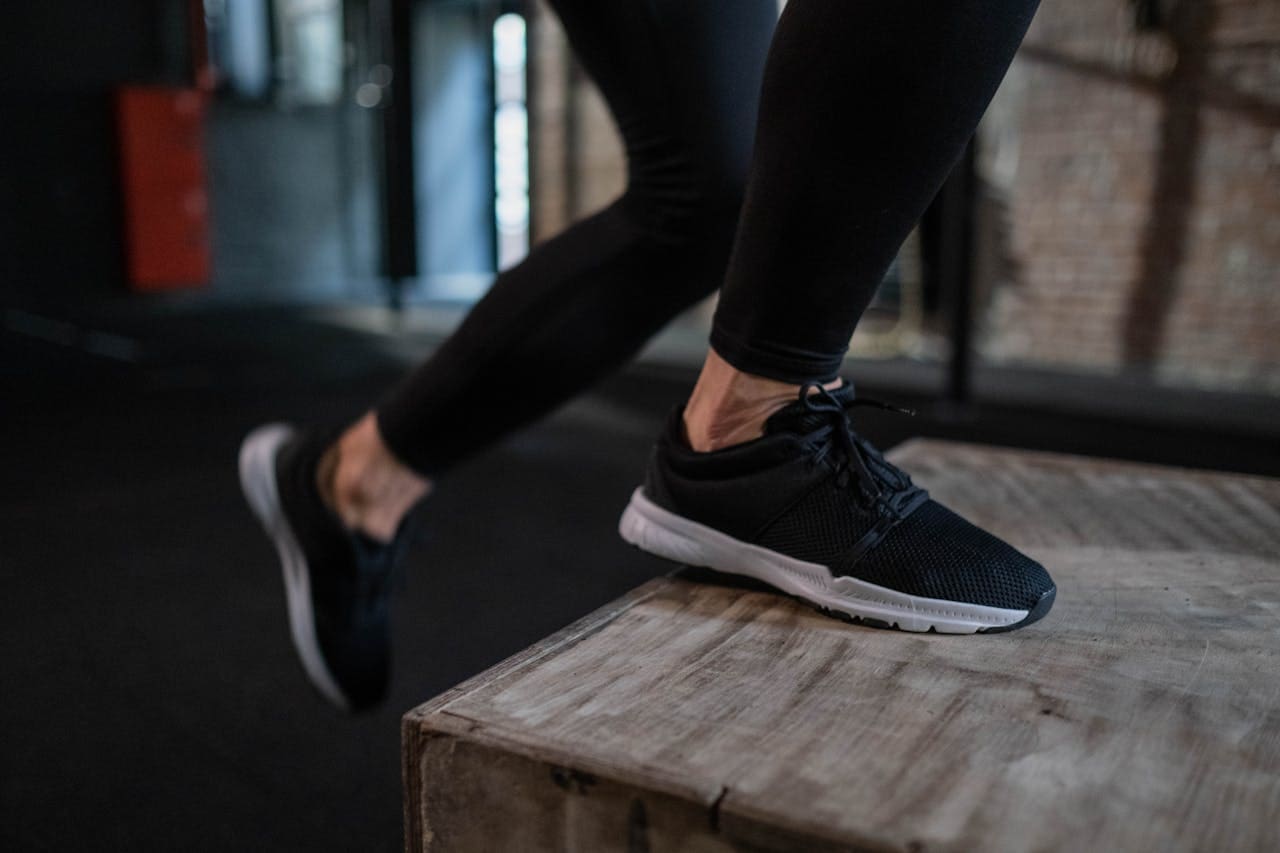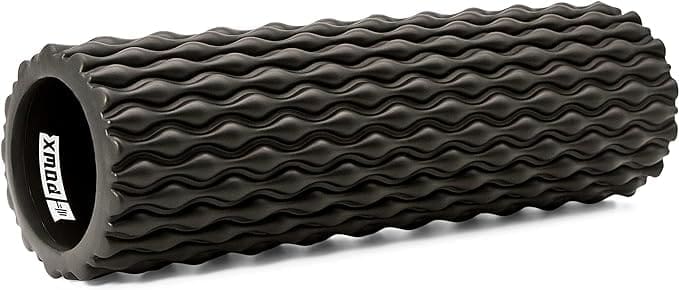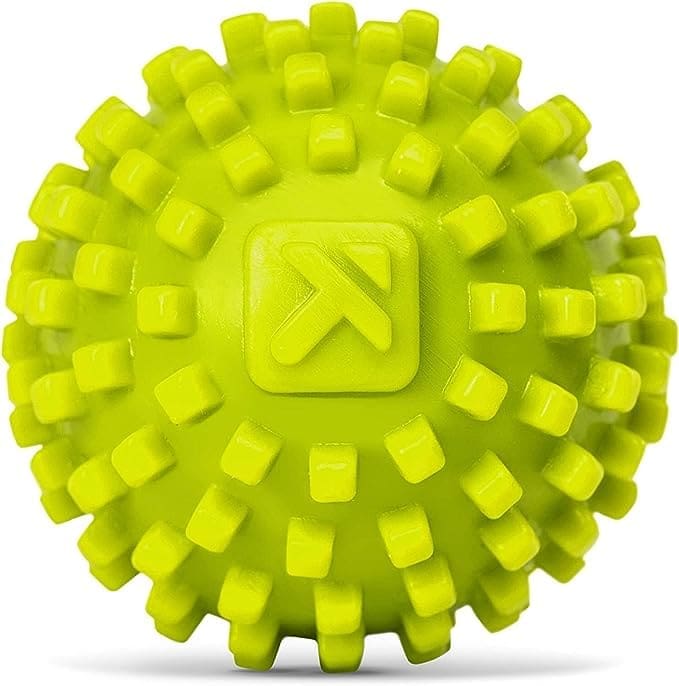Techniques for Different Muscle Groups
Knowing the various techniques for different muscle groups to maximize their benefits for foam rolling is essential. Foam rolling is a type of myofascial release which assists in releasing tightness and tension in the muscles and improving overall mobility. Using a foam roller, you can pinpoint specific muscle groups and apply pressure to release any knots or trigger points that may be creating discomfort or limiting the range of motion.
- Back Muscles:
To target the back muscles, place the foam roller under your upper back with your knees bent and feet flat on the ground. Using your arms for support, gently roll up and down along your spine while keeping your core engaged. You can also twist your torso from side to side as you roll to release further muscle tension. - Glutes:
For this technique, sit on the foam roller with one foot crossed over the opposite knee. Lean into one glute while rolling back and forth, applying pressure as needed. To target specific areas of tightness in the glutes, try angling your body slightly towards each side. - Hamstrings:
To relieve tightness in the hamstrings, sit on the foam roller with both legs extended straight out in front of you. Roll up and down from just below your hips to above your knees while keeping your core engaged. - Quads:
Place the foam roller under one thigh with both hands supporting you behind you. Slowly roll up and down from just above your knee to just below your hip while maintaining control and focusing on any areas of tightness.
5- IT Band:
Lie on one side with one leg extended straight out on top of a foam roller at mid-thigh level. Use your arms for support as you roll up and down along the outside of your thigh from hip to knee.
6- Calves:
Sit on the floor with your legs outstretched and the foam roller under your calves. Use your arms to lift yourself and roll back and forth from just below your knee to above your ankle.
Remember, always listen to your body and adjust the pressure accordingly. If an area feels particularly tender, you should spend more time on that spot or decrease the pressure applied. Be sure to breathe deeply throughout each technique and take breaks as needed.
Incorporating foam rolling into your exercise recovery routine can help improve overall flexibility, mobility, and range of motion in various muscle groups. Using these techniques for different muscle groups, you can target problem areas and release tension for a more efficient workout recovery process.
DO’s And Dont’s
When using a foam roller for exercise recovery, there are certain dos and don’ts that beginners should be aware of. While foam rolling is an excellent tool for reducing muscle soreness and improving flexibility, improper usage can lead to injuries and discomfort. In this section, we will talk about the dos and don’ts of foam rolling to ensure you have a safe and effective experience with this self-massage technique.
Dos:
- Use proper form: Maintaining good form throughout the exercise when using a foam roller is important. This means keeping your core engaged, maintaining a neutral spine, and moving slowly over the targeted muscle group.
- Start slowly: If you are new to foam rolling, start with gentle pressure and gradually increase intensity as needed. It may feel uncomfortable initially, but avoid pushing yourself too hard, which can cause injury.
- Roll in different directions: Rather than just rolling back and forth on the foam roller, make sure also to roll side-to-side and in circular motions. This will help target different areas of the muscle group being worked on.
- Breathe deeply: Remember to take deep breaths in through your nose and out through your mouth while performing foam rolling exercises. This will help to relax your muscles and improve blood flow.
- Focus on trigger points: Foam rolling can effectively release tension in trigger points or knots within your muscles. When you come across a tender spot while rolling, pause for a few seconds until you feel the tension releasing before continuing.
Don’ts:
- Avoid bony areas: It’s important not to roll directly over bony areas such as your knees or spine, as this can cause discomfort or bruising.
- Don’t rush through it: Foam rolling should be done slowly and mindfully rather than quickly rushing through it like other forms of exercise. Take your time with each movement and focus on the targeted muscle group.
- Don’t overdo it: While foam rolling can be beneficial, it’s important to do it sparingly. Rolling too frequently or for extended periods can cause muscle fatigue and soreness.
- Avoid using on injured areas: If you have a specific injury or are experiencing acute pain in a particular area, avoid using a foam roller until it has healed properly.
- Don’t use it on your lower back: It is usually recommended to avoid using a foam roller on your lower back, as this is likely to put excessive pressure on your spine and potentially cause injury.
Following these dos and don’ts can ensure a safe and effective experience with foam rolling for exercise recovery. Remember to listen to your body and adjust accordingly, and always seek professional advice if you have any concerns or injuries.
Textured Foam Rollers for Muscle Massage – HIGH-Density [Firm] Back Foam Roller for Back Pain Relief & Muscle Recovery in Legs & Arms – Hollow Foam Roller for Muscle Exercises by PowX, 5.5x17.7 in.
Tips for Incorporating Foam Rolling into Your Workout Routine
Foam rolling is a popular form of self-massage that has recently gained popularity for aiding muscle recovery and improving overall exercise performance. Bringing foam rolling into your workout routine can bring numerous benefits, from reducing muscle soreness to improving flexibility and range of motion. However, it may initially seem unsafe if you are new to foam rolling. In this section, we will provide you with some valuable tips on how to incorporate foam rolling into your workout routine effectively.
- Start Slowly
If you have never used a foam roller before, slowly and gradually increasing the intensity of your foam rolling sessions is essential. Begin using the roller on larger muscle groups such as the legs, glutes or back. This will help you get accustomed to the pressure and sensation of foam rolling before moving onto smaller muscles.
- Use Proper Technique
Proper technique is important when it comes to foam rolling. Place the targeted muscle group on the roller and apply pressure using your body weight. Roll slowly back and forth along the length of the muscle, pausing on any tight or tender areas for 20-30 seconds before continuing.
- Breathe Deeply
Breathing deeply while performing foam rolling exercises is important as this helps relax tense muscles and increases blood flow to the rolled area. Take deep breaths in through your nose and out through your mouth as you roll over any tight spots.
- Track Your Progress
Just like any other form of exercise, tracking your progress with foam rolling can be beneficial in helping you see improvements in flexibility, range of motion, and reduction in muscle soreness over time. Consider keeping a journal or taking progress photos to compare how far you have come.
- Incorporate Foam Rolling Before & After Workouts
Foam rolling can be incorporated both pre-workout and post-workout for maximum benefits. Rolling before a workout can help warm the muscles, increase blood flow, and ready them for exercise. After a workout, foam rolling can aid in reducing muscle soreness and speeding up recovery.
- Don’t Neglect Other Forms of Recovery
While foam rolling is an effective tool for exercise recovery, it should not be the only form of recovery you incorporate into your routine. Prioritize proper nutrition, hydration, stretching, and rest for optimal muscle recovery.
Incorporating foam rolling into your workout routine can benefit your physical performance and overall well-being. By starting slowly, using proper technique, tracking progress, and being consistent with its use before and after workouts, you can effectively reap the rewards of this self-massage technique. Remember to also prioritize other forms of recovery for a well-rounded approach to caring for your body.
Alternatives to Using a Foam Roller
Foam rolling has become popular for relieving muscle tension and promoting exercise recovery. However, if you cannot access a foam roller or prefer to try alternative methods, several options can provide similar benefits. Here are some alternatives to using a foam roller:
- Massage balls: These small, dense balls can precisely target specific body areas. They are especially effective for releasing tension in smaller muscles such as the feet, hands, and forearms. Like foam rollers, massage balls apply pressure to trigger points and break up muscle knots.
- Tennis or lacrosse ball: If you don’t have a massage ball, you can use a tennis or lacrosse ball instead. These balls have a similar density and size as massage balls and can also target specific areas of the body that may be harder to reach with a foam roller.
- Foam rolling stick: A foam rolling stick is another excellent alternative for more targeted pressure on specific body areas. It is particularly beneficial for larger muscle groups like the legs and back.
- Stretching: While foam rolling focuses on releasing tension in muscles through pressure, stretching helps lengthen tight muscles and improve flexibility. Regular stretching into your workout routine can help prevent muscle soreness and tightness.
- Self-massage techniques: You can also use your hands or fingers to apply pressure directly onto trigger points in your muscles, similar to how a massage therapist would during deep tissue massage therapy. This technique may require more effort but can be efficient in providing relief from muscle tension.
6 . Heating pads or ice packs: Another way to promote muscle recovery is using heat or cold therapy on affected areas. Heat therapy helps increase blood flow and relax tense muscles, while cold therapy reduces inflammation and numbs pain.
While these alternatives may not provide the same pressure level as foam rolling, they can still effectively relieve muscle tension and promote recovery. It is important to note that foam rolling should not replace professional medical treatment if you are experiencing chronic pain or injuries. Consult a healthcare provider before incorporating new techniques into your workout routine.
TRIGGERPOINT PERFORMANCE THERAPY MobiPoint Textured Massage Ball for Targeted Foot Pain Relief, (2-Inch)
Conclusion: Why You Should Start Foam Rolling Today
After learning about the benefits and techniques of foam rolling, it’s clear that incorporating this simple yet effective tool into your exercise routine can significantly enhance your recovery process. As discussed, foam rolling offers many advantages, including improved flexibility, reduced muscle soreness, increased blood flow and circulation, and faster recovery time.
By pinpointing specific areas of tension or tightness in your muscles, foam rolling helps to release knots and trigger points that may be hindering your performance and causing discomfort. This allows for better movement patterns during exercises as well as daily activities.
Moreover, foam rolling is an affordable alternative to expensive massage sessions. With just one investment in a quality foam roller, you can achieve similar results in the comfort of your home without breaking the bank. Not only does this save you money in the long run, but it also gives you the freedom to incorporate foam rolling into your daily routine whenever needed.
In addition to physical benefits, foam rolling also has psychological advantages. It provides relaxation and stress relief as the pressure applied on muscles can help release endorphins – our body’s natural painkillers. This can be especially beneficial after a long day at work or a strenuous workout session.
Furthermore, foam rolling suits people of all fitness levels – from beginners to elite athletes. The intensity and duration of each roll can be varied based on individual needs and preferences, making it accessible for anyone looking to improve their exercise recovery.
Not only is foam rolling beneficial for those who engage in regular physical activity, but it also offers numerous benefits for individuals with sedentary lifestyles, such as office workers who spend long hours sitting at their desks. Foam rolling helps combat the negative effects of prolonged sitting by promoting better posture and reducing muscle stiffness caused by being stationary.
Incorporating foam rolling into your exercise routine has numerous positive impacts on physical and mental well-being. From improving flexibility and reducing muscle soreness to promoting relaxation and stress relief, there’s no denying that foam rolling is a must-try for anyone looking to enhance their exercise recovery process. So why wait? Start foam rolling today and experience the fantastic benefits for yourself!
